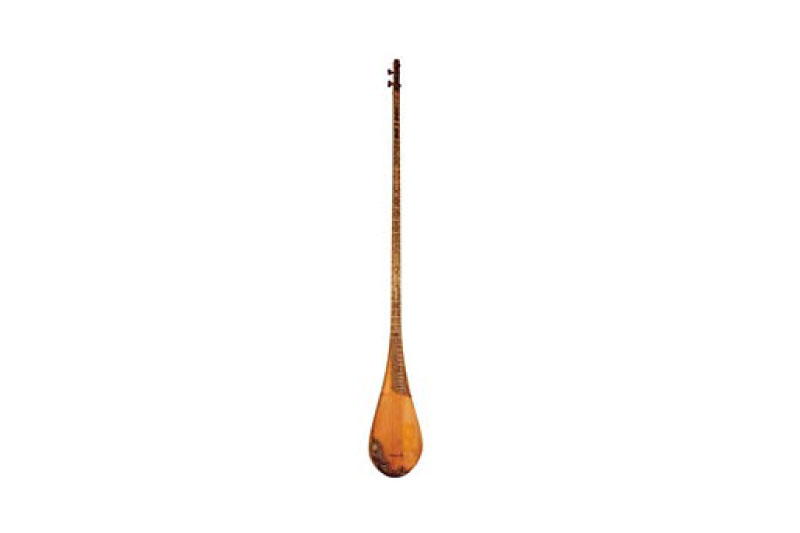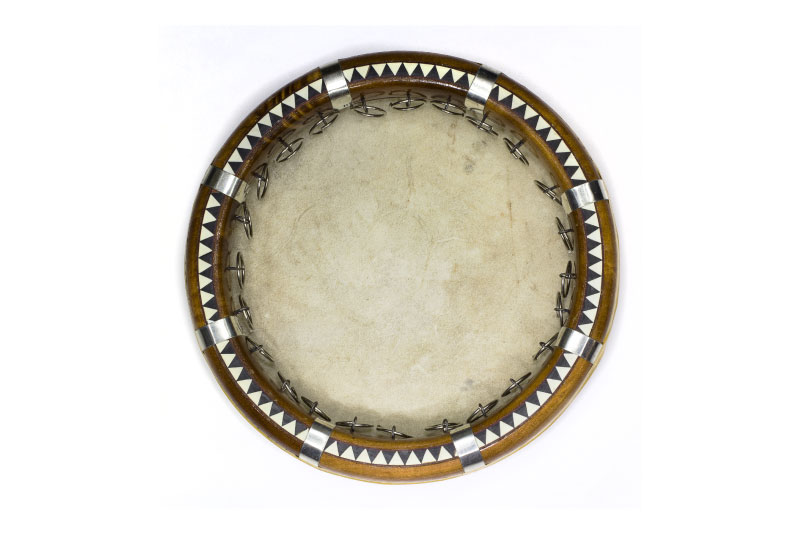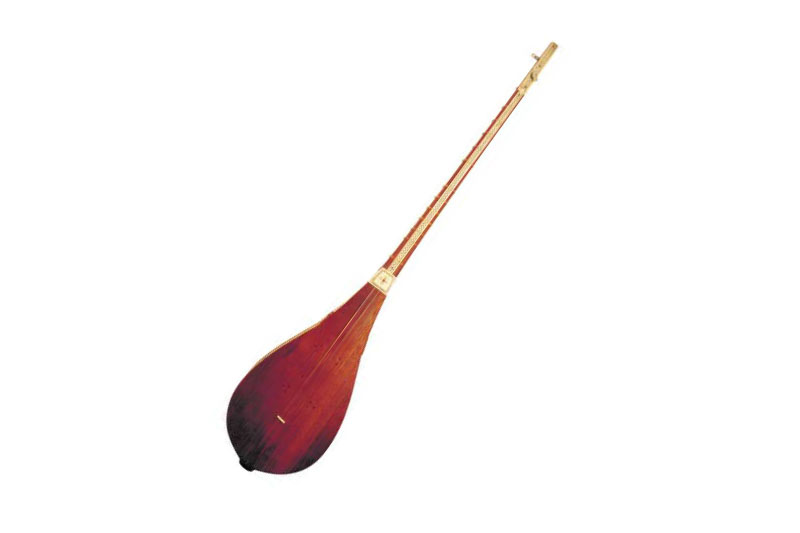
The Shashmaqam
Maqam is a term that has many interpretations. In this case, it is defined as suites or cycles of music organized by melodic mode and meter.
Shashmaqam or (six maqam) is a genre of music, typical of Uzbekistan and Tajikistan, that includes instrumental pieces, songs, poetry, and dance. The origins of the shashmaqam remain unknown, though it is thought to have emerged in Bukhara (see Kushnarev 1958). The six maqams ('Buzruk,' 'Rast,' 'Nava,' 'Dugah,' 'Segah,' and 'Iraq') take their names from classical Persian modes. According to Zeranska-Kominek et al, the six "cyclic" forms contain more than 250 instrumental and vocal-instrumental works (Zeranska-Kominek, Kostrubiec, and Wierzejewska 1982: 74).
The shashmaqam is traditionally associated with aristocratic and elitist culture (Levine 1993: 56). Each suite is named after a particular mode and each mode is characterized by a particular melodic motif. Exaggerating the differences in rhythm and meter between each piece creates contrasts. The performers of shashmaqam follow a system known as aruz, a system of meters.
Musicians must have a powerful voice with a large vocal range and be able to play the tanbur, a long-necked plucked lute. In addition, musicians must have a large repertoire of poetic texts and understand the theoretical principles for setting the text and music. Shashmaqam performers stylize the poetic texts, drawn from Sufi symbolic texts from classical Islamic poets, into rhythms that are short and long. The slideshow on this page features instruments used in the performance of shashmaqam.
Composer: Sarakhbor-i Râst
-
"The Academy of Maqam"





After the 1917 revolution, traditional music was replaced by that celebrating communism and USSR nationalism.








